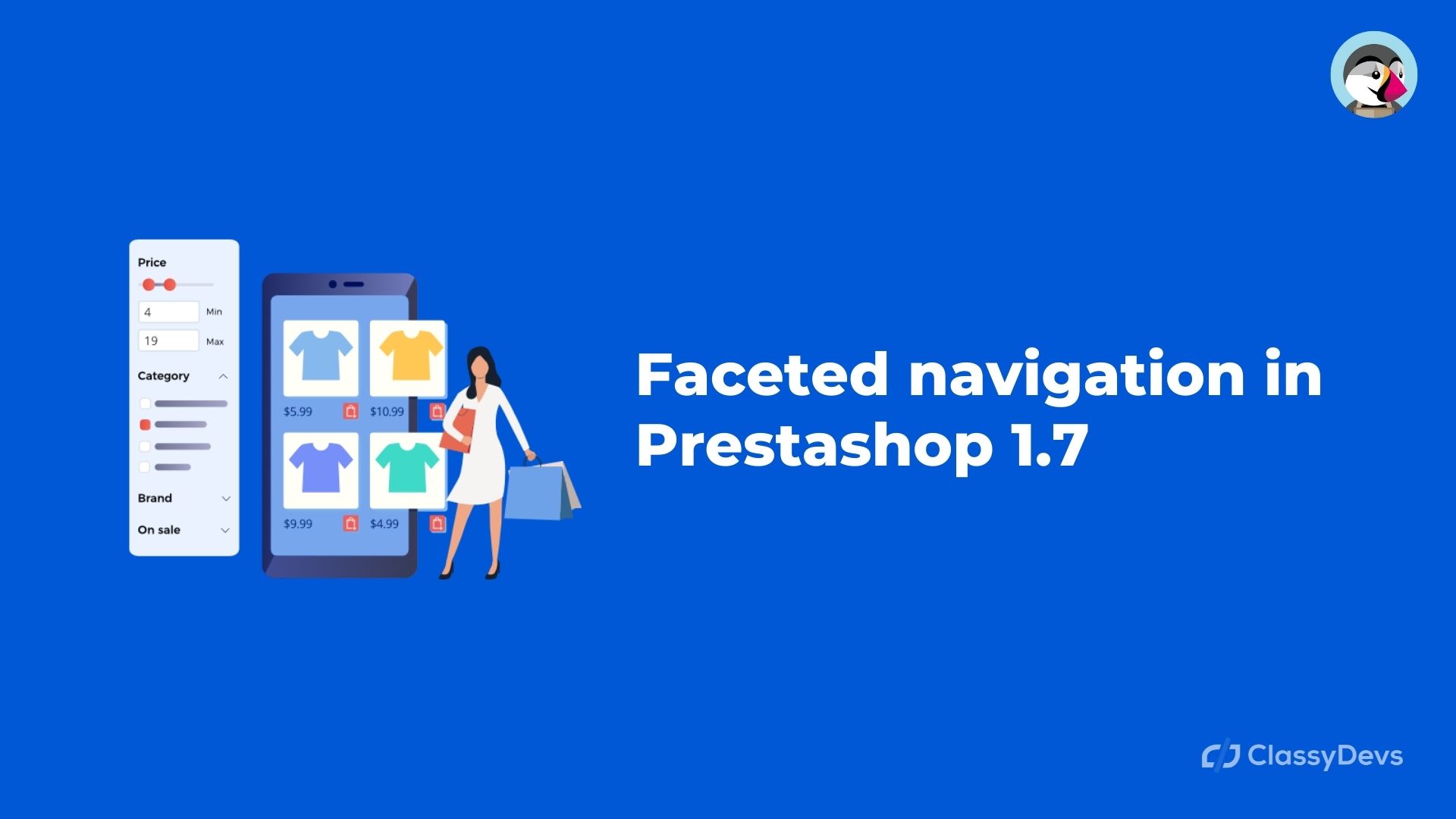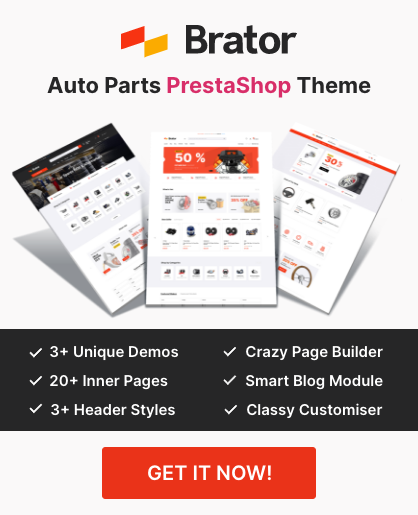The navigation module by facets or filters is very useful, especially in cases where the online store has many products with many combinations
For a long time, administrators and owners of online stores have had Prestashop 1.7, one of the newest and most current versions of this specialized e-commerce software.
New designs, a simplified back office, and facilities to work with SEO have been the great bets of this version. However, one of the tools that stands out the most in this program is the faceted navigation block. This tool had already been incorporated in past presentations, but its update has given much to talk about. For those who still do not know what this option is about, then we will see what it is about and what are the possibilities it offers as of Prestashop 1.7.
What is faceted navigation?
The traditional way of browsing an online store to find products is by browsing categories. After choosing a primary classification of products, the object is selected, then its price, modality, color, etc. The result: many users gave up because they had to review many pages and offers until they could find the desired object.
Therefore, Prestashop created an innovative system under which buyers select in advance all the characteristics they want from their searched object. Navigation becomes much simpler and more intuitive, allowing the customer to focus on other strategic aspects of the purchase such as price, distance, or the seller’s reputation. Thanks to this instrument, exploration can be understood as a possibility to search for other alternatives with greater freedom.
Customizing the categories module
Prestashop 1.7 not only allows you to create this module with categories for search. In addition, with this software, you can customize a tool that in most digital stores is located on the sidebar of the pages where the categories appear. Developers can now modify the codes to hook this module in any other part of the web page template. The potential of this alternative is that we can now revolutionize the traditional style of online stores and try to make user navigation much more intuitive. With these options, we talk about customizing the categories module. And, furthermore, this enables us to create new formats and innovative styles.
Defining the filters
One of the keys is to establish internally the composition of the filters that will help to facilitate the customer search. The idea is that we configure the controls that we have at hand, according to the category that we create appropriately. This is how we can create filter templates, for which two transcendental aspects must be defined. First, the categories, which when selected will activate the filter templates. Second, the filtersspecific that the module will have for each category according to the types of product. It should be remembered that the same categories cannot be used for electronic devices, as for example for a garment. Those who have stores where multiple products are sold understand this reality.
Filters and types of controls
The filter options that we have to configure the templates are several. Some basic ideas are the following: Subcategory, stock, weight, color, price, manufacturers, product attributes, model, etc. The idea is that if some of these options are not shown, the customer knows that they will not be able to get an offer with that feature in advance.
Added to this, the module allows us to define the way each filter looks on the screen and if we can choose some controls or others. This is central in the usability of the page and the navigation of the visitors. Thus, when it comes to filtering, buyers will be able to choose between several options, have a choice among several or even see a drop-down list of alternatives to carry out their search.
Final recommendations
It is advisable not to group ads in categories in which there are not a good number of products. In these cases, the best thing is that the navigation is direct and thus we avoid that the user mistakenly believes that there is no variety in our store. This is an unnecessary risk. Perhaps a limitation that more advanced developers will encounter is the difficulty in modifying the module with respect to its functionality. With all this, this tool has everything you need to facilitate searches, customize the box and place it where we like best. Without a doubt, a tool that other platforms suffer from.




















